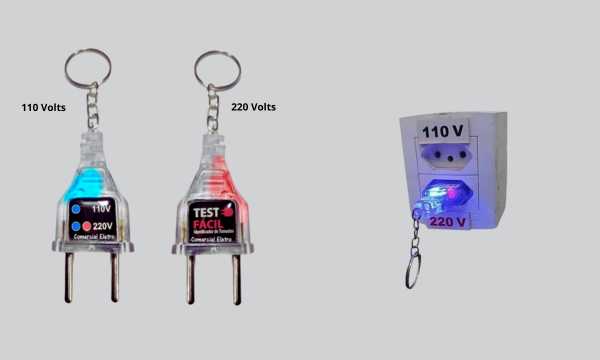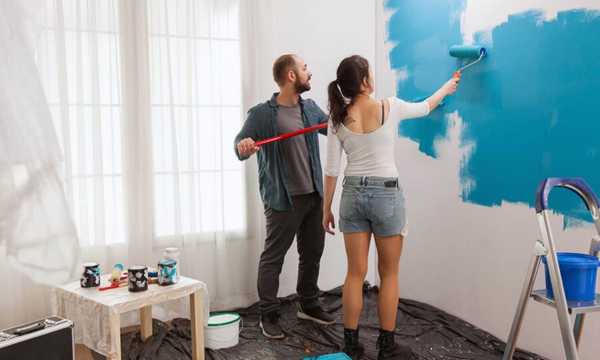Electrical troubleshooting at home can be simple when you know how to identify and fix the setbacks.
Ad
Electricity is part of our daily routine, and when something fails, the disruption is immediate.
A flickering light, a non-working outlet, or a tripped breaker can mess up the day.
Ad
In these moments, knowing a bit about electrical troubleshooting helps to keep everything safe and running smoothly.
The good news is that, in many cases, small setbacks can be solved in a simple, safe, and practical way, without panic and without mystery.
Ad
If you want to learn how to identify faults, fix the most common issues, and know when it’s time to call a specialist, keep reading and learn simple and practical tips for taking care of your home!
1. How to Identify Common Electrical Problems at Home
It’s not always easy to notice an electrical problem, but some signs are pretty classic. Pay attention to situations like:
- Switches that don’t work properly
- Outlets that get hot
- Flickering or failing lights
- Circuit breakers tripping frequently
- Burnt smell coming from wires or outlets
These signs need attention! The sooner you start identifying and fixing these electrical problems, the lower the risks and costs will be.
2. Safety First: Essential Tips for Working with Electricity
Before attempting any adjustments, it’s important to remember: safety is never too much.
To electrical troubleshooting issues safely, follow these tips:
- Turn off the power in the area you’re working on
- Use tools with insulated handles
- Avoid touching wires if you’re wet
- Always test for electrical current before touching wires
If you have any doubts, it’s best to stop and consult a professional.
3. Basic Tools for Simple Electrical Troubleshooting
To solve small issues, you don’t need to set up a workshop at home. A few basic tools are enough for most situations:
- Insulated flathead and Phillips screwdrivers
- Cutting and needle nose pliers
- Voltage tester
- High-quality electrical tape
These items will make troubleshooting much easier. Keeping these tools organized also helps speed up repairs.

Voltage Tester (Google Source)
4. Step-by-Step Guide for Fixing Switches and Outlets
When a switch or outlet stops working, it could be something simple. Here’s a basic guide:
- Turn off the circuit breaker for the room: Turn off the power to ensure your safety before handling any electrical components.
- Remove the switch or outlet cover: Use a screwdriver to carefully remove the cover without damaging the parts.
- Check the wires: Look for loose, damaged, or burnt wires that might be causing the issue.
- Tighten or replace components: If necessary, tighten connections or replace damaged parts like wires or connectors.
- Replace the cover and turn on the breaker: After making adjustments, replace the cover and turn on the breaker to test if the problem is fixed.
This type of electrical troubleshooting typically resolves simple issues like loose connections or natural wear and tear.
5. What to Do When Lights Flicker or Fail
Flickering or failing lights can be a sign of various issues, ranging from something simple like a burnt-out bulb to more serious problems in the electrical system.
Before jumping to conclusions, follow these simple steps to try to fix the issue:
- Replace the bulb: The issue might just be a burnt-out bulb. Check if the bulb is working correctly and replace it if necessary.
- Tighten the connections in the socket: Check if the light socket is tightly connected, as loose connections can cause power interruptions.
- Test the switch: The switch might be faulty. Try turning it on and off several times to see if the problem persists.
- Check the circuit breaker: If multiple lights are flickering, the circuit breaker may be overloaded. Check if it’s tripped and reset it if necessary.
- Inspect the wiring: If the issue persists, there may be faults in the internal wiring connections. Check for loose or damaged wires, especially if the problem affects multiple lights in different parts of the house.
If the problem continues, the solution will require a deeper investigation of the wires or the breaker panel. Sometimes, it’s just a loose wire that, when adjusted, resolves everything.
6. How to Fix a or Burnt-out Circuit Disable
A circuit disable that keeps tripping could indicate overload or a short circuit. To fix it:
- Identify if there is any equipment pulling too much power
- Turn off the device and try resetting the breaker
- If the breaker doesn’t reset, replace it with the same model
This electrical troubleshooting is relatively simple, but if the new breaker also fails, it’s best to call a specialist to investigate the system.
7. Wires and Cables: When and How to Check for Damage Signs
Wires and cables are essential for the proper functioning of the electrical system.
If you suspect problems, look out for these signs:
- Melted or dried-out insulation: This indicates the wire may be overheating and needs to be replaced.
- Burnt smell: This strong odor is a sign of a short circuit or overheating, requiring immediate attention.
- Sparking marks on connectors: Sparks on connectors may indicate that the connections are compromised.
Detecting these electrical problems makes it easier to troubleshoot and prevents more serious incidents, like short circuits and fires.
8. How to Save Energy and Avoid Electrical Failures
Saving energy is not only about lowering your electricity bill but also about preserving your home’s electrical system.
Some practices that help include:
- Turn off devices when not in use
- Choose energy-efficient appliances
- Use LED light bulbs
9. When to Call an Electrician: Signs the Problem Is More Serious
Not everything should be fixed on your own. There are situations where it’s better to ask for specialized help:
- Circuit breakers that keep tripping
- Exposed or burnt wires
- Power outage in half the house
- Sockets or switches sparking
In these cases, electrical troubleshooting needs to be handled by a qualified electrician to ensure everyone’s safety.
Take Care of Your Home with Attention and Safety
Now that you know the basics of electrical troubleshooting, how about putting it into practice responsibly?
Fixing small issues can prevent big headaches in the future. And remember: whenever you feel unsure, calling a professional is the smartest choice.
Your home deserves to be safe and functioning properly!


